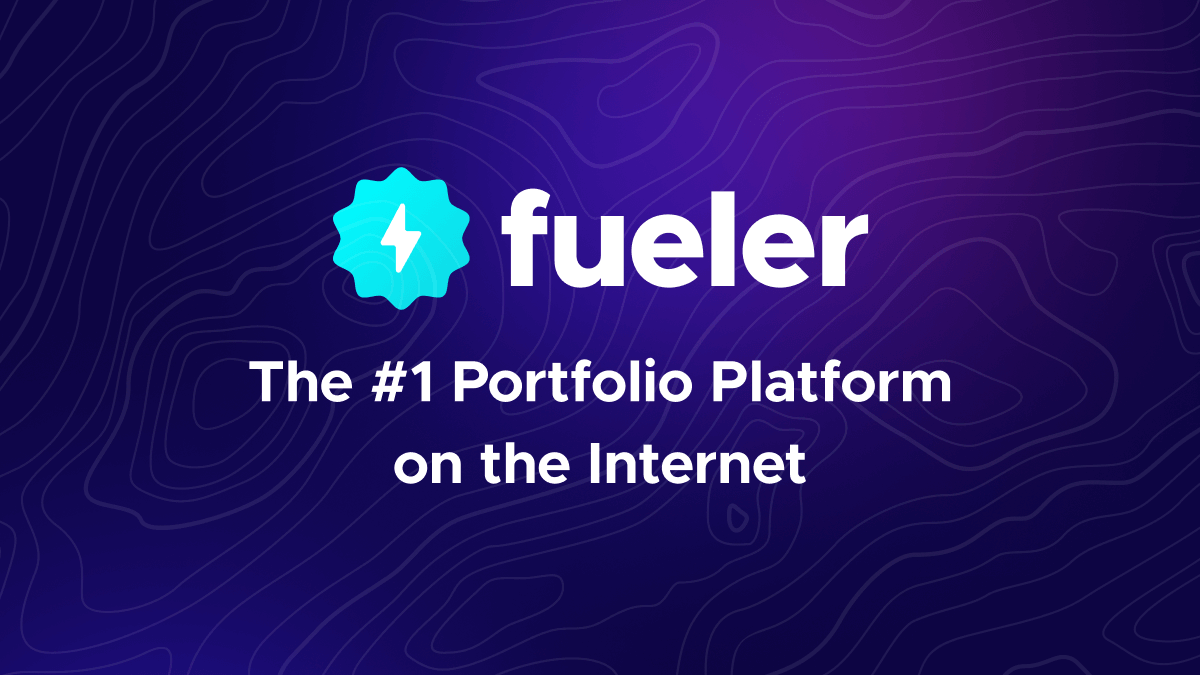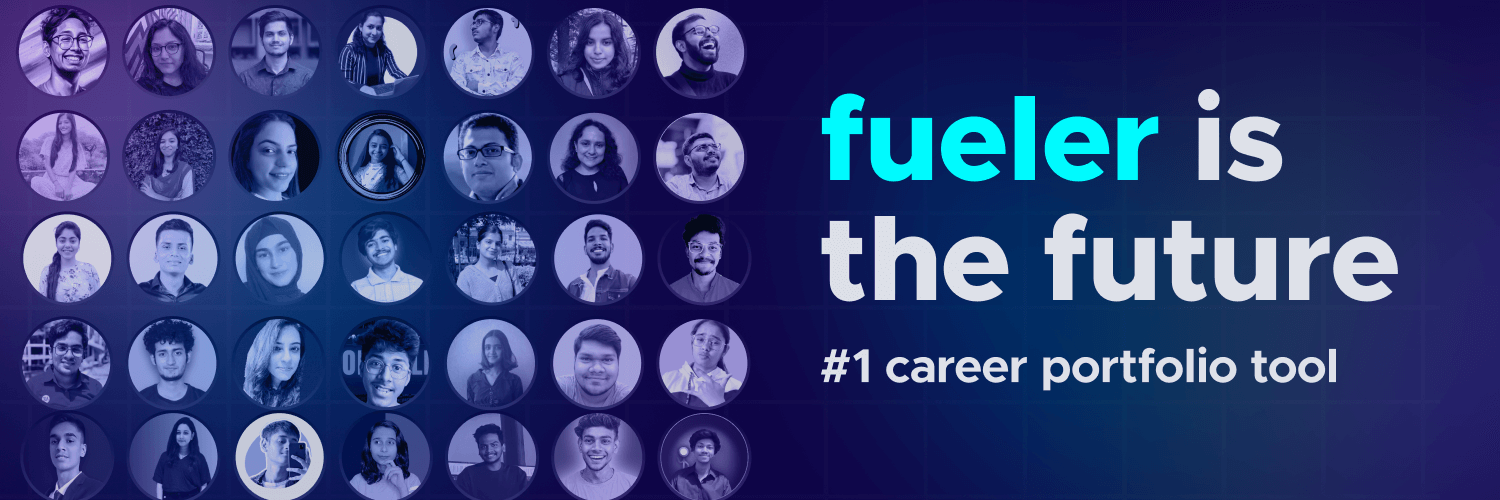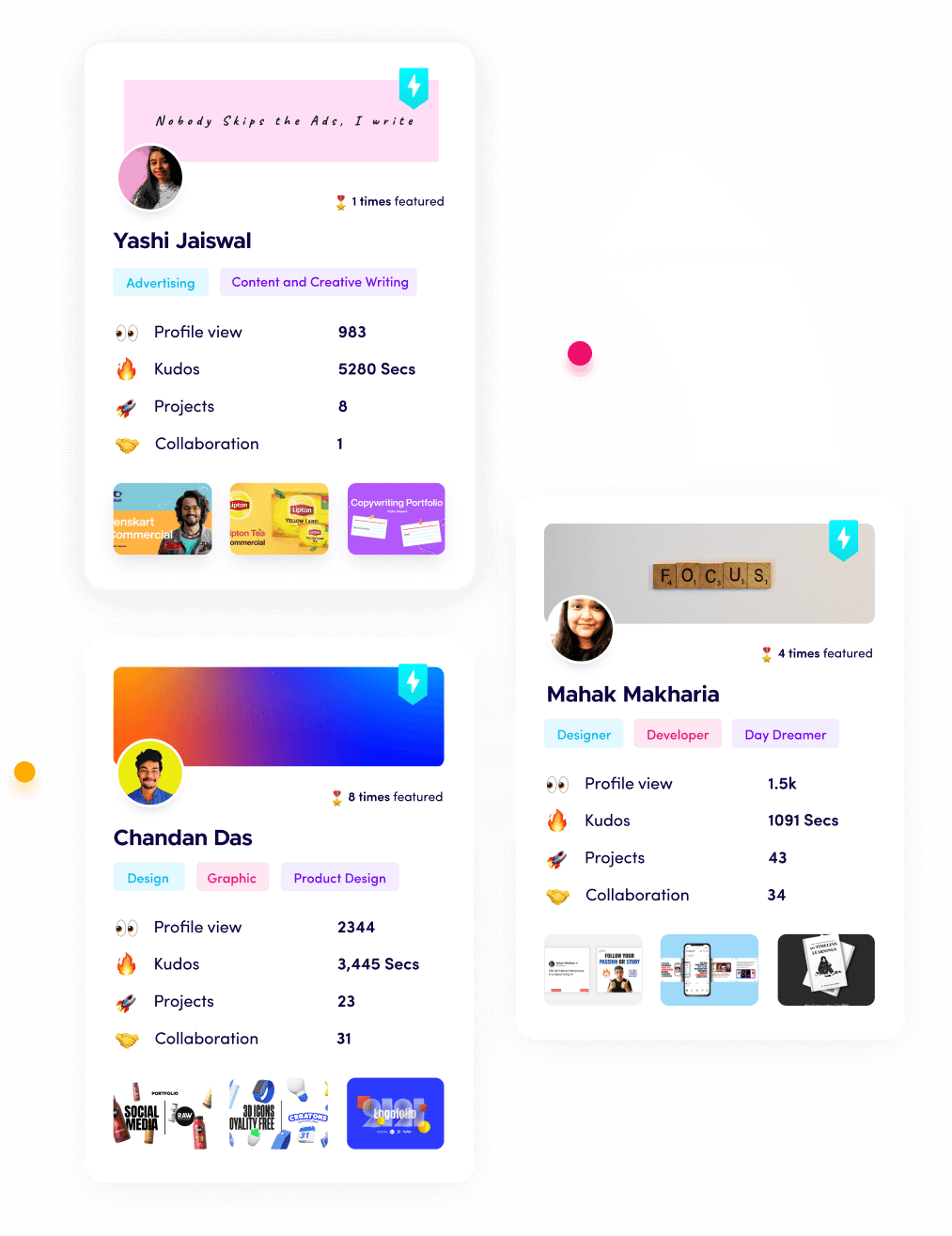10 AI Tools Every Designer Should Try in 2025

Riten Debnath
27 Apr, 2025

Hey, myself Riten this side. As as founder of Fueler, a portfolio platform helping companies hire through assignments, I’ve seen firsthand how AI is transforming the design industry. Whether you're a graphic designer, UX/UI specialist, or a creative freelancer, AI tools can save time, boost creativity, and improve your workflow.
Here are 10 must-try AI tools for designers in 2025, based on my research and experience.
1. UXPin Merge with AI Component Creator
UXPin Merge integrates AI to streamline UI design by automating component creation. Its AI Component Creator generates functional, code-ready UI elements (buttons, forms, etc.) that align with your design system, reducing handoff friction between designers and developers.
The tool supports real-time collaboration and updates, ensuring consistency across teams. Ideal for UX/UI designers, it cuts prototyping time significantly while maintaining high fidelity. Pros include seamless developer handoffs and accelerated iteration cycles. However, it requires familiarity with design systems and may have a steeper learning curve for beginners
- Pros: Speeds up design work, ensures consistency, and reduces back-and-forth with developers
- Best for: UX/UI designers who need functional prototypes.
2. Adobe Firefly (Inside Adobe Creative Cloud)
Adobe Firefly is a generative AI tool embedded in Adobe’s ecosystem, enabling designers to create images, vectors, and textures from text prompts. Features like Generative Fill and Text-to-Vector allow non-destructive edits and style transfers, making it perfect for graphic designers and illustrators. Firefly’s outputs are commercially safe, addressing copyright concerns.
While powerful, it requires a Creative Cloud subscription and performs best with high-end hardware. Its integration with Photoshop and Illustrator makes it a versatile asset for branding and digital art
- Pros: Integrates seamlessly with Photoshop and Illustrator, great for quick mockups
- Best for: Graphic designers and illustrators.
3. Canva Magic Studio
Canva’s Magic Studio leverages AI for effortless design, offering tools like Magic Resize, Background Remover, and Text-to-Image. Its user-friendly interface and vast template library cater to marketers and small businesses, enabling quick social media graphics or presentations.
The AI suggests layouts and color palettes, though advanced designers may find customization limiting. Free and paid tiers (Pro unlocks full AI features) make it accessible, but heavy reliance on templates can curb originality.
- Pros: Easy to use, thousands of templates, great for non-designers
- Best for: Marketers, small businesses, and content creators.
4. Khroma (AI Color Palette Generator)
Khroma uses AI to generate personalized color schemes based on user preferences. Designers select 50 colors they like, and Khroma produces harmonious palettes, gradients, and mockups. Free and intuitive, it’s ideal for branding projects. However, its standalone nature means manual transfer to design tools, and initial color selection can feel tedious
- Pros: Free to use, helps with branding consistency
- Best for: Brand designers and UI/UX professionals.
5. Remove.bg (AI Background Remover)
Uizard transforms sketches or text prompts into clickable prototypes, ideal for startups and non-designers. Features like AI-generated UI components and real-time collaboration simplify early-stage design. However, advanced functionality requires a subscription, and outputs often need refinement
- Pros: Fast, accurate, no design skills needed
- Best for: E-commerce designers and photographers.
Bonus
Typeface
Typeface is an AI platform that creates personalized, on-brand content at scale for marketing teams. Its Brand Agent learns your company's unique voice, style, and visual guidelines to generate everything from social media posts to comprehensive campaign assets. Features like Magic Prompt auto-enhance your inputs for better outputs, Visual Inspiration Studio helps test design concepts digitally, and the platform's multimodal capabilities handle text, images, and multimedia content seamlessly.
- Pros: Deep brand personalization, AI marketing agents, and enterprise-grade security
- Best for: Large marketing teams and Fortune 500 companies needing consistent, on-brand content at scale
6. Uizard (AI Wireframing & Prototyping)
Uizard transforms sketches or text prompts into clickable prototypes, ideal for startups and non-designers. Features like AI-generated UI components and real-time collaboration simplify early-stage design. However, advanced functionality requires a subscription, and outputs often need refinement
- Pros: Great for non-designers, real-time collaboration.
- Best for: Startups and product designers.
7. Figma AI (Beta Features)
Figma’s AI enhances workflows with auto-layout adjustments, content generation, and plugin integrations. Best for collaborative UI/UX teams, it reduces repetitive tasks but may lag with complex files. Its ecosystem thrives on community plugins, though AI features are still evolving
- Pros: Integrates with team workflows, real-time collaboration
- Best for: UI/UX teams and remote designers.
8. Looka (AI Logo Maker)
Looka generates logos and brand kits from simple prompts, ideal for entrepreneurs. Users input style preferences, and AI delivers editable logo variants. Affordable but generic, it’s better for quick drafts than custom branding
- Pros: Affordable, easy customization
- Best for: Entrepreneurs and small businesses.
9. DALL·E 3 (AI Image Generator)
OpenAI’s DALL·E 3 creates high-quality images from text, perfect for concept art and ads. It offers creative freedom but may require multiple prompts for desired results. Free credits are limited; commercial use needs careful licensing
- Pros: Highly creative, great for unique visuals
- Best for: Concept artists and ad designers.
10. Wix AI Website Builder
Wix’s AI builds full websites from text descriptions, optimizing for SEO and mobile. No coding is needed, but customization is restricted compared to manual design. Great for small businesses prioritizing speed over uniqueness
- Pros: No coding needed, SEO-friendly
- Best for: Small business owners and freelancers.
Final Thoughts
AI is not replacing designers—it’s making us faster, more creative, and more efficient. Whether you're automating repetitive tasks or generating fresh ideas, these 10 AI tools can help you stay ahead in 2025.
At Fueler, we see how AI is changing the way designers showcase their work. If you're looking to build a strong portfolio, experimenting with these tools can give you an edge.
FAQs
1. Which AI tool is best for graphic designers in 2025?
Adobe Firefly and Canva Magic Studio are among the best for graphic designers, offering AI-powered image editing and design automation
2. Can AI replace human designers?
No, AI enhances creativity by automating repetitive tasks, but human intuition and strategic thinking remain essential
3. What is the best free AI design tool?
Khroma (color palettes) and Remove.bg (background removal) are great free options
4. How can AI improve UX/UI design?
Tools like Uizard and Figma AI help speed up wireframing and prototyping, allowing faster iterations
5. Which AI website builder is easiest to use?
Wix AI and Hostinger AI are beginner-friendly, creating full websites from simple prompts
Try these tools, experiment, and see how AI can supercharge your design workflow in 2025
What is Fueler Portfolio?
Fueler is a career portfolio platform that helps companies find the best talents for their organization based on their proof of work.
You can create your portfolio on Fueler, thousands of freelancers around the use Fueler to create their professional-looking portfolios and become financially independent. Discover inspiration for your portfolio
Sign up for free on Fueler or get in touch to learn more.


